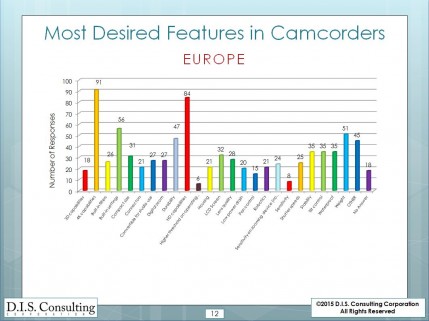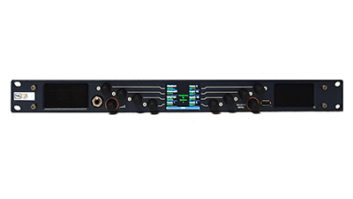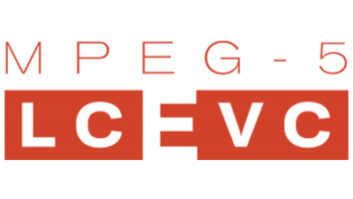
By Douglas I. Sheer
It used to be that what you were shooting determined what capture tool was appropriate. Cameras came in three flavors: studio, field (essentially a studio camera that could record and go outdoors) and camcorder. That was all we knew until Digital Single Lens still cameras came along that could capture video. They changed the game.
The market was put into upheaval and by the arrival a few decades ago of the D-SLR. It was Eastman Kodak who introduced the first D-SLR in 1991, but since then it has been largely a Canon market that Nikon has also done quite well in. Those cameras that were able to bridge stills and video in one body overcame preferences for camcorders and dominated the last decade. For a considerable time D-SLRs seemed to be capturing everybody interested in portable shooting. Now, that domination has slowed substantially, according to the latest report from DIS Consulting Corporation called Professional Camcorders World 2015, published in July.
The study, covers seven market segments, worldwide, and was based on 1525 end-user responses. The segments included: broadcast/cable, production/post, mobile/OB, event video, independent video, institutional and rental house.
A glut of camcorders and D-SLRs had flooded the market in the past few years and we have now arrived at a highly saturated market where, despite very low prices, end-users are loathe to replace them just yet. There are pockets of growth, but overall, things have slowed.
In the past few years, camcorders have had to become more competitive and they had to become less expensive to hold their own against D-SLRs and the attractiveness of digital cinematography cameras as they offered an easy transition to 4K (or other versions of UHD). This has been happening and companies like JVC, Panasonic, Canon, Sony, Ikegami and Blackmagic have all offered inexpensive camcorder solutions for everything from news to general programme production. Blackmagic calls everything they make a camera, but several models incorporate SD or other memory card recording options in situ, which for all intents and purposes means ‘camcorder.’
D-SLRs are being strongly challenged by mirror-less models and by one main provider, Sony, whose A7 series has attracted a lot of attention and a growing market share. Yes, there are other mirror-less brands, such as Olympus, but for video, Sony has dominated and enhanced their share through marketing their own complimentary line of lenses.
But, as nature abhors a vacuum, we expect to see the Canon and Nikon series of mirror-less systems (both introduced earlier this year) to help them avoid being further threatened by Sony. Both are D-SLR-like. But, we shouldn’t count D-SLRs out. This year, the 4K versions of D-SLRs are gaining share and that could help sustain them, especially among diehard D-SLR fans, and there are many of them.
Cameras and camcorders are becoming almost interchangeable today, as they both tend to permit recording with solid state media, something that had been the exclusive territory of camcorders in the past. D-SLRs, of course, record to the media as well.
The popularity of flash media is also central to the popularity of all these field-centric capture devices. Flash media use – ranging from SD cards to P2 and SXS as well as other specialised packaging – is found to be in almost every corner of the industry and it gets utilised at stages of post production workflows.
And, the numbers are huge. Whether in use in cameras, camcorders or D-SLRs during capture, or later in the workflow, flash has become the dominant media in field recording and temporary storage, before laying off to hard drives.





